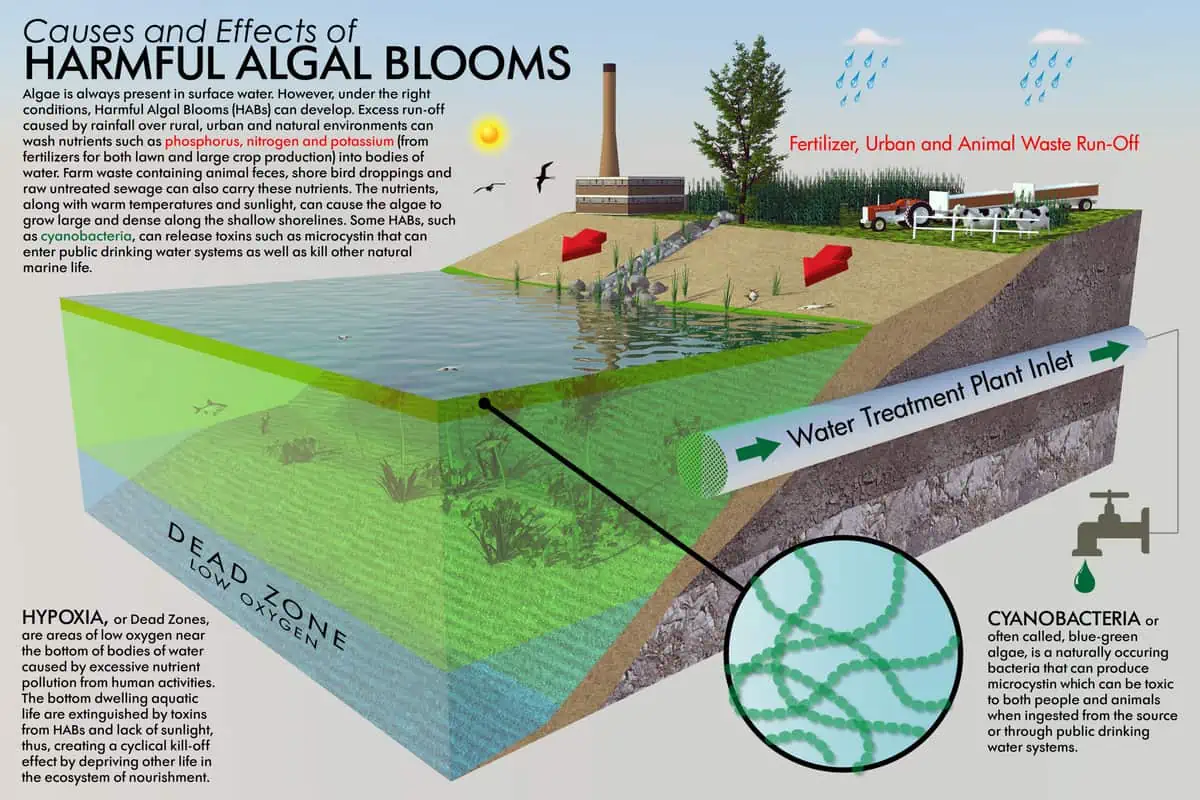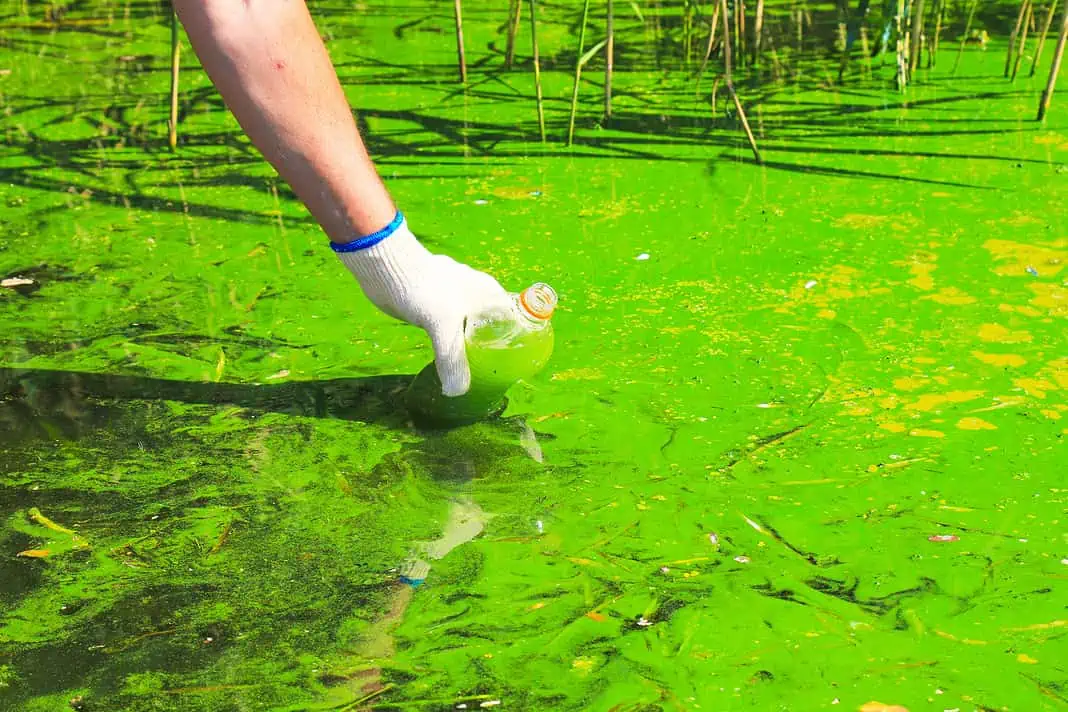Scientists are getting more and more worried about the increasing amount of toxic algae outbreaks off the coast of California.
In June, news reports abounded of sea lions and dolphins washing up on shore, sick and dead from algae poisoning.
A neurotoxin called domoic acid emitted from a certain type of algae is being blamed for the deaths of hundreds of sea animals off California’s southern coast.

David Caron, an expert in biological oceanography at the University of Southern California, says those toxic algae blooms can also affect other marine spies like seabirds, shellfish and fish:
“Beyond marine mammals, sea birds that feed on small fish such as anchovies and sardines are at risk for significant intake of toxins if the planktivorous fish they prey on are consuming toxic algae. Most fish and shellfish appear to possess a reasonable tolerance for domoic acid (although some may be affected), but contaminated fish, particularly filter-feeding shellfish, pose a significant health risk to marine animals — and humans — that might consume them.”
Not all algal blooms are harmful, though, according to Caron:
“Many are beneficial and support aquatic food webs. When those blooms are dominated by algal species that are noxious or toxic, however, they can result in very harmful effects on biota.”
While the increase of toxic algae along the US West Coast appears to be driven by changes in temperature (i.e., a warming ocean), overall, temperature plays a secondary role to nutrients in explaining the occurrence of algal blooms in general and toxic blooms in particular, Caron says:
“The availability of essential nutrients such as nitrogen, phosphorus and some trace nutrients such as iron is key to understanding the location, frequency and severity of coastal algal blooms, and that extends to toxic blooms in freshwater ecosystems as well.
“Usually, when one talks about ‘bloom-forming nutrients,’ the elements nitrogen and phosphorus are most discussed. Those two elements are needed in significant quantities for producing biomass, but generally, they are in the shortest supply for algae in many ecosystems. Thus, nitrogen and phosphorus tend to have a ‘controlling influence’ on the magnitude of algal blooms.
“There are natural sources of nutrients, generally arising from the decomposition of dead organic material, but also man-made sources. Sewage, agricultural and domestic animal facilities, and urban runoffs tend to have very high concentrations of these elements. In waters where man-made sources are significant relative to natural sources, they can lead to or augment algal blooms.”


